When it comes to navigating the challenges of mobility, scooters have emerged as a popular tool for those requiring assistance. They provide individuals with the freedom to move about independently, but users often question their performance in varying weather conditions, particularly rain. Most mobility scooters are designed to withstand light rain, offering weather-resistant features to protect the electrical systems that power them.
However, it's essential to understand that while these vehicles can manage light precipitation, they are not engineered to be fully waterproof. Prolonged exposure or operating a mobility scooter during a heavy downpour may lead to potential damage to critical components such as the battery, motor, and controller. Riders should be cautious and prioritize safety, especially since wet conditions can also affect visibility and road traction, increasing the risk of accidents.
Before using a mobility scooter in the rain, it's advisable to check the manufacturer's guidelines and recommendations. Taking additional measures, like equipping the scooter with proper rain covers and ensuring that the tires have good grip, can help mitigate risks. Planning routes to avoid deep puddles and flooded areas is also crucial, as these can mask deeper hazards and cause more severe damage to the scooter.
Precautions Before Heading Out
Before venturing outside on a mobility scooter during inclement weather, several key precautions are essential for maintaining safety and independence. Proper planning and appropriate gear can mitigate risks associated with wet conditions.
Checking Weather Conditions
Safety: It begins with staying informed about the day’s forecast. Check the weather conditions before leaving home to anticipate rain and prepare accordingly.
-
Forecast Verification: Regularly verify the weather forecast to ensure that you are not caught unprepared in sudden downpours.
Ensuring Scooter Readiness
Routine Maintenance: Regular maintenance is vital to ensure your mobility scooter's reliability and safety, particularly before using it in challenging weather conditions.
-
Inspection: Check the tires for adequate tread and ensure brakes are functioning properly to handle slippery surfaces.
-
Electrical Components: Verify that all electrical systems, including the control panel, are in good working order to prevent malfunctions due to moisture.
Weather-Proofing your Scooter
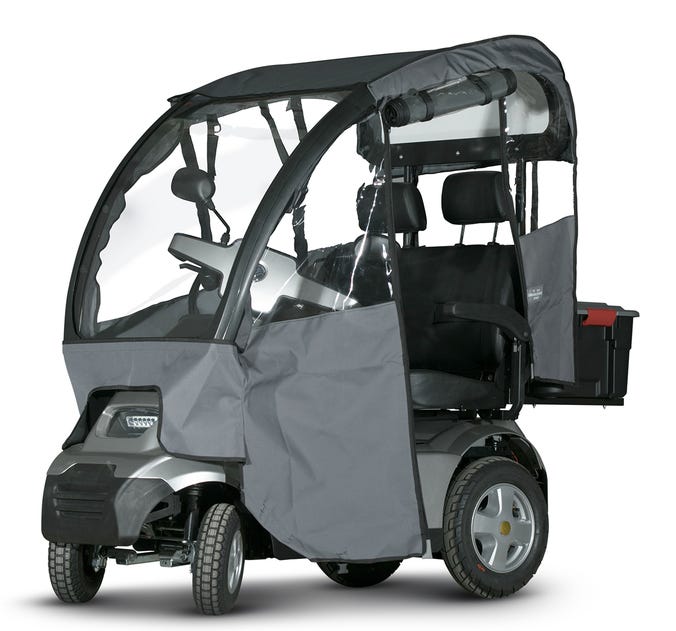
Waterproof Measures: While mobility scooters are designed to handle various conditions, they are not entirely waterproof.
-
Covers: Utilize a waterproof protective cover for the scooter’s tiller and control panel to shield it from the rain. Ensure the cover fits snugly to provide effective protection.
-
Component Care: Affixing a rain cover over the entire scooter can prevent water from seeping into sensitive parts that could corrode over time.
Protective Gear for the Rider
Comfort and Safety: The rider’s comfort and protection are just as important as the scooter’s readiness.
-
Poncho: A waterproof poncho is an effective way to stay dry and maintain visibility while operating the scooter.
-
Visibility: Wearing bright or reflective clothing can help others see you in poor weather conditions, enhancing safety.
The combination of these precautions will greatly contribute to a safe and comfortable journey, even when the weather is less than ideal.
Riding in Wet Weather
When operating a mobility scooter during wet weather, one's utmost priorities should be maintaining control and stability, navigating effectively through the rain, and adeptly handling varying terrains. Weather conditions can affect the scooter's traction and control, so it is essential to employ measures to improve safety and manage these elements effectively.
Maintaining Control and Stability
Traction is crucial when the ground is wet, as surfaces become more slippery. Riders should ensure their tires are suited for wet conditions and check that they have a good tread pattern, which aids in reducing the risk of skidding. Regular maintenance to check tire pressure and condition is important. The brakes must be responsive and dry; if a rider suspects that the brakes are wet, they should dry them promptly to maintain effective control.
-
Tire Tread: Regular checks for adequate tread depth.
-
Brake Response: Test brakes in a safe area before setting out.
Navigating through Rain
Visibility can decrease significantly during rain, making it essential for the rider to be seen by others and to see their path clearly. A canopy or cover can protect the rider from the elements. If such a protective accessory is not available, riders should wear bright, reflective gear to enhance visibility. Care must be taken to operate the mobility scooter at a safe speed that allows adequate reaction time.
-
Canopy/Cover: Attachable shelters designed for mobility scooters.
-
Reflective Gear: Clothing or accessories to improve the visibility of the rider.
Dealing with Varying Terrains
Rain can alter the condition of different terrains, making familiar routes challenging. For instance, a mall's smooth floors can become a hazard if water is tracked in on tires. Outdoor terrains can become soft and muddy, necessitating extra caution to avoid getting stuck or losing control. Users should choose routes that are well-drained and avoid areas where water pools.
-
Indoor Caution: Be wary of slippery, wet floors in indoor settings.
-
Outdoor Terrain Adjustment: Opt for solid, stable ground and avoid muddy or soft paths.
After-Ride Care and Maintenance
Proper after-ride care and maintenance are crucial for preventing water damage and preserving the lifespan of a mobility scooter. Each step ensures that the scooter remains functional and safe after exposure to rain.
Immediate Post-Ride Actions
After using a mobility scooter in the rain, immediately dry the entire surface with a towel to remove excess water. Allow the scooter to air dry in a warm, dry place for an extended period, ideally 12 hours, to ensure that all unseen moisture evaporates completely.
Preventing Corrosion and Rust
To prevent corrosion and rust, apply a water-displacement spray on metal components prone to rusting. It's prudent to regularly treat these areas as part of preventive maintenance, especially after exposure to moisture.
Battery and Electrical Maintenance
For the battery and electrical components, check the charging port and other electrical connections for any signs of water ingress. It’s important to keep these areas dry to prevent electric issues. Disconnect the battery before cleaning, and only reconnect it once everything is fully dry.
Cleaning and Storage
Clean the mobility scooter with a damp cloth to remove any debris and dirt. When storing, keep the scooter undercover and in a dry area to avoid repetitive water exposure that can diminish its operational integrity over time.
Regular Inspection and Upkeep
Engage in regular maintenance checks for all moving parts and electrical systems. Routine maintenance includes inspecting the scooter for signs of wear and tear or damage, which could potentially be exacerbated by moisture. This helps in ensuring the longevity and reliability of the vehicle.
Safety Considerations
When operating a mobility scooter in the rain, safety is paramount. Riders should prioritize visibility, maintain stability to prevent slips and falls, and be prepared with emergency procedures.
Visibility and Alertness
Visibility becomes compromised in rainy conditions, making it essential for the rider to enhance safety through high-visibility clothing or accessories. The scooter should be equipped with reflective elements and functioning lights. Maintaining alertness is crucial; riders should be vigilant of their surroundings, as slippery conditions can reduce reaction times.
Preventing Slips and Falls
Rain can create slippery surfaces, posing a risk for mobility scooters. To preserve traction, one should ensure that the scooter's tires are designed for wet conditions. Regular maintenance checks can prevent wear and tear that compromises safety. Riders should exercise caution when maneuvering to avoid slips and falls.
Emergency Procedures
In the event a rider is caught out in the rain, understanding and following emergency procedures can avert potential unsafe scenarios. One should know how to quickly disable the scooter to prevent electrical malfunctions and be familiar with basic troubleshooting steps to address any issues that arise from getting wet.
Accessories and Upgrades
When outfitting a mobility scooter for rain use, it's essential to prioritize functionality and user safety through various accessories and upgrades. These enhancements cater to protection against weather elements, improved safety features, and added comfort for the rider.
Selecting Suitable Add-ons
When selecting standard add-ons, consider waterproof covers and canopies as they are crucial for shielding both the rider and the scooter from rain. A high-quality universal waterproof cover can fit various scooter models, offering a versatile investment for rain protection. Additionally, seat covers made from water-resistant materials contribute to the user's comfort and maintain the integrity of the scooter's seating.
Upgrading for Enhanced Safety
To enhance safety, upgrading to tires designed for wet conditions can provide better traction, and investing in a robust braking system is pivotal for maintaining control during inclement weather. Enhanced visibility is also crucial, so incorporating high-visibility lights and reflective materials ensures the rider's presence is apparent to others during heavy rain and low-light conditions.
Improving Comfort and Convenience
For better comfort and convenience, consider adjustable canopies that protect the user from rain and provide shade from the sun. The inclusion of accessible storage solutions with weather covers can keep personal items dry. Upgrades like ergonomic seats should be factored in for prolonged use, and adapting the scooter for ease of use promotes independence for individuals with a disability navigating various weather conditions.
Handling Specific Weather Events
When operating a mobility scooter, specific weather events such as snow, extreme heat, and rain necessitate certain considerations to ensure the rider's safety and the longevity of the vehicle.
Riding in Snow
In snowy conditions, traction is paramount for mobility scooter safety. Riders should ensure their scooters have tires suitable for snow to maintain stability. Additionally, visibility is reduced in snow, so one should use high-visibility panels or lights. A weather-resistant or waterproof cover is advised to protect the scooter's electronic components from snow and moisture, which can cause significant damage if neglected.
Dealing with Extreme Heat
Extreme heat, particularly in regions like Florida, can affect both the rider and the scooter. The scooter's battery can suffer in high temperatures, leading to reduced performance and potential safety hazards. To protect the scooter, it is recommended to store it in a cool, shaded place and use a reflective cover to minimize heat absorption. Riders should stay hydrated and plan for frequent rests to avoid heatstroke.
Rain Considerations in Various Regions
Rain damage to mobility scooters can vary depending on the region. Scooters are generally capable of handling light rain through their design with shower-proof capabilities. However, in areas prone to heavy downpours, extra caution should be taken:
- Ensure the scooter is equipped with non-slip surfaces for secure traction.
- Protect the scooter's body and electronic components with a fitted waterproof cover.
- After riding in rain, dry the scooter thoroughly, especially the control panel and battery compartment, to prevent rust and corrosion.
Understanding Legal and Safety Obligations
When operating a ride mobility scooter, particularly in the rain, it is crucial to adhere to legal requirements and prioritize safety measures to ensure the well-being of the rider and others.
Compliance with Local Regulations
Local laws and regulations dictate how electric vehicles, such as ride mobility scooters, must be operated. This is particularly important for individuals with disabilities who rely on these scooters for independence. Key legal considerations include:
-
Licensing: Confirm whether a special license or permit is required to operate a motorized scooter in your area.
-
Equipment: Ensure the scooter is equipped with required safety features like lights and reflectors for increased visibility during rain.
Required Safety Gear:
- Lights and Reflectors: For visibility in poor weather.
- Helmets: May be mandatory for users.
Safe Riding Etiquette
Operating a ride mobility scooter safely, especially in adverse weather conditions such as rain, demands prudence and respect for shared spaces.
Essential Safety Practices:
-
Speed: Maintain a safe speed that allows for ample reaction time.
-
Visibility: Wear bright or reflective clothing to be easily seen.
-
Caution: Use extra caution at crossings and in high-traffic areas.
Riding in Rain:
- Avoid puddles: They can hide deeper holes or debris.
- Brake Early: Wet conditions mean reduced friction and increased stopping distances.
Following these guidelines can help ensure the safe use of Pride Mobility scooters and other motorized scooters in various weather conditions, while respecting the freedom and independence they offer users with disabilities.
Long-Term Impact of Rain on Mobility Scooters
Rain exposure can lead to significant repair costs and affect the longevity of mobility scooters. Regular maintenance is essential to mitigate these long-term effects.
Potential Damage and Costs
Exposure to rain can cause corrosion and electrical malfunctions in mobility scooters. Over time, water can seep into the battery and motor, leading to potential costly repairs. The frame might also rust, adding to the expense. Wear and tear from repeated rain exposure accelerates this damage, making maintenance crucial to preserve the investment in the scooter.
-
Battery: Prolonged dampness can reduce battery life.
-
Electrical Components: Risk of short-circuiting which could lead to costly component replacements.
-
Structural Integrity: Corrosion and rust from persistent moisture exposure could compromise the scooter's frame.
Maintaining Scooter Longevity
Proper after-rain care and preventive measures help maintain a mobility scooter's longevity. It involves thorough drying, cleaning, and regular inspections for any signs of rain damage. Applying protective coatings and using covers can protect against water ingress. By investing time into these maintenance practices, one can extend the lifespan of the scooter, ensuring it remains a reliable mode of transportation.
-
Post-Rain Care: Cleaning and drying the scooter after use in rain prevent rust and corrosion.
-
Preventive Measures: Use of covers, water-displacing sprays, and regular maintenance checks.
-
Regular Inspections: Checking electrical connections and batteries for moisture can avoid long-term issues.
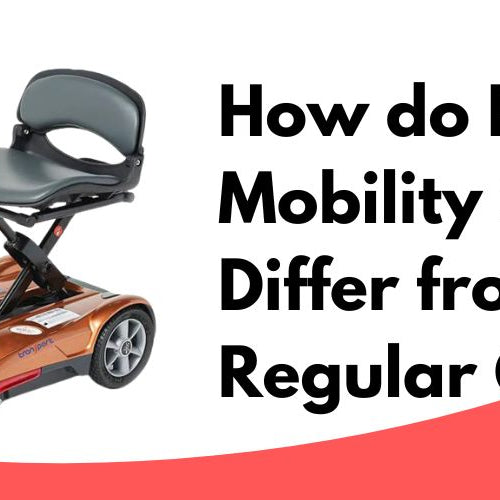



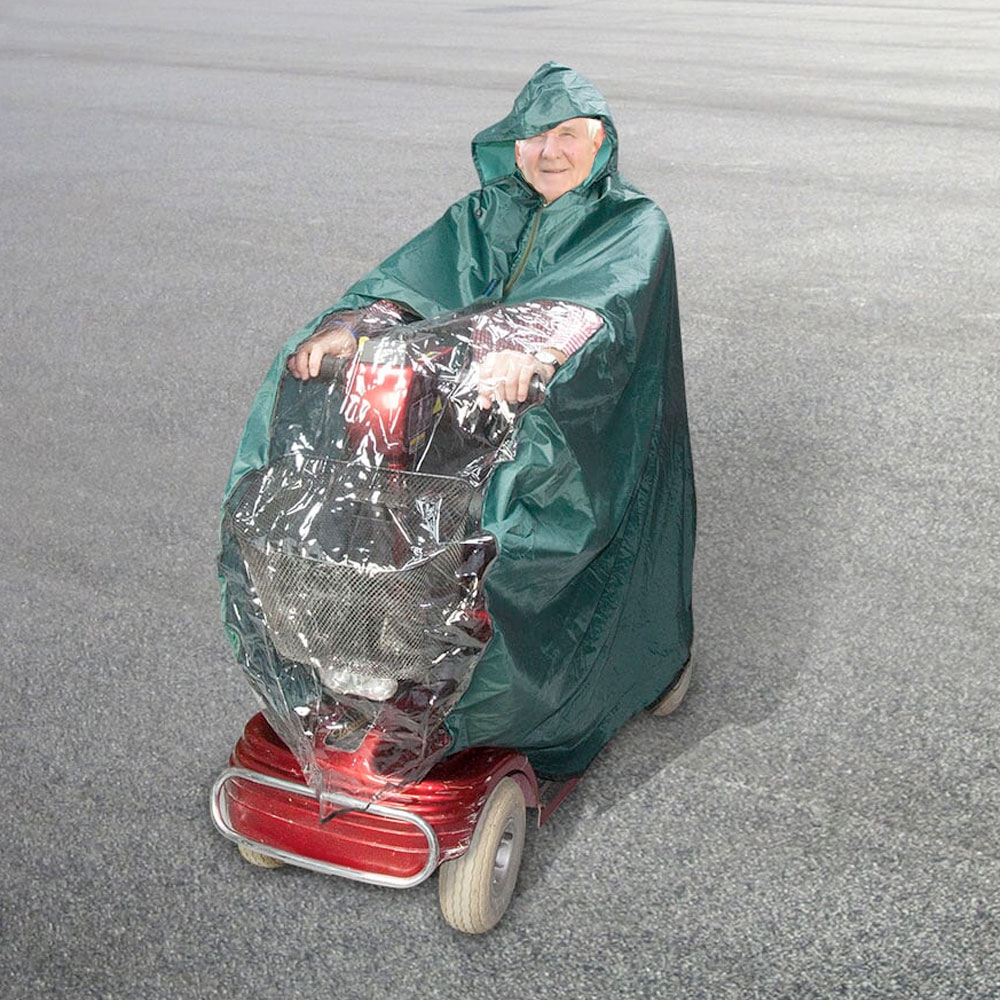

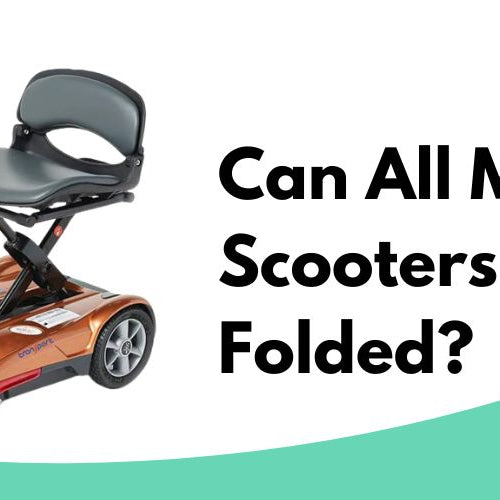
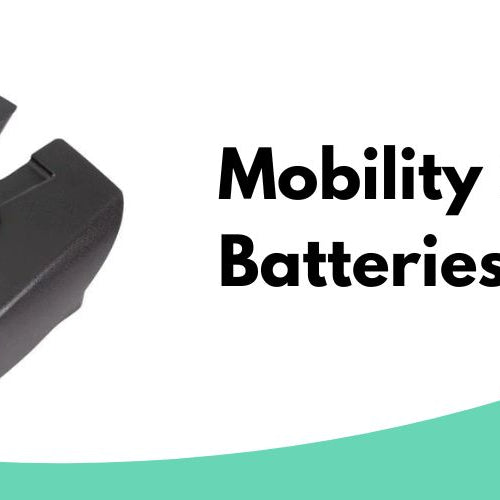
Leave a comment